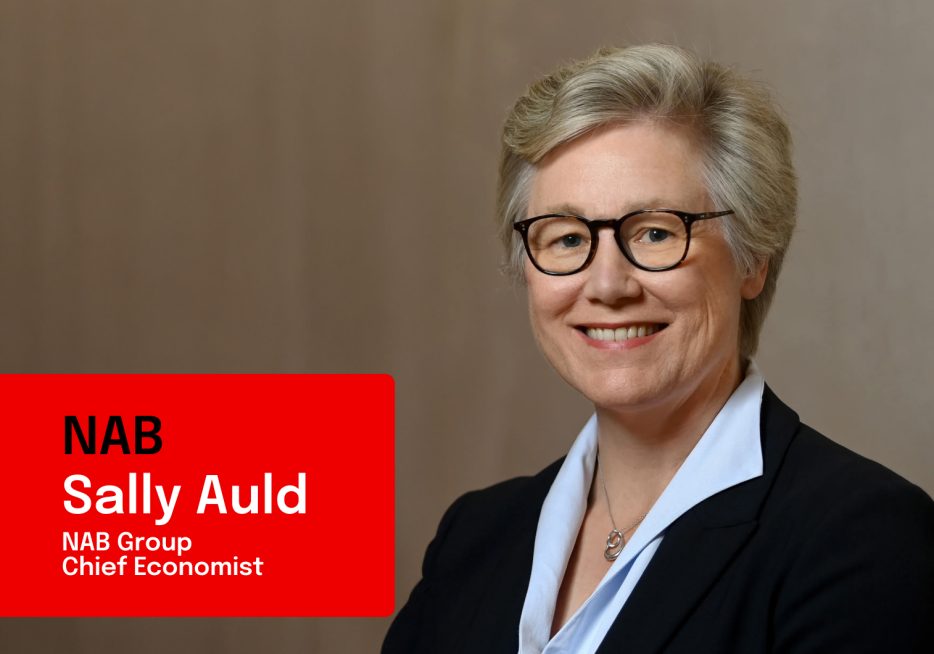We hear from NAB Group Chief Economist, as she shares her latest economic update. Watch now.


Identifying and utilising the strengths of individuals is key to both business growth and employee engagement. That is the overriding message that Lanja Fletcher delivers to business owners when teaching about strength-based leadership.

Identifying and utilising the strengths of individuals is key to both business growth and employee engagement. That is the overriding message that Lanja Fletcher delivers to business owners when teaching about strength-based leadership.
“Strength-based leadership is a more humanistic approach based on positive psychology – it’s about how businesses manage, how they work and how they develop people.”
Fletcher uses her own experience as an example of how the theory works in practice. Although she excelled in mathematics at school, she says she far preferred the arts, so that’s where she chose to apply herself.
“I put my discretionary effort into what I enjoyed – unsurprisingly, I’m now in a job that I love and which plays to those strengths.”
She adds that most of her personal strengths fall into the category of influencing and developing people, so she needs to make sure that her team includes people who are very good at strategic thinking and others who are very good at executing, “because those are not my strengths”.
Fletcher says it’s important for businesses to realise that strengths are not necessarily the same as talents and skills. A strength is something that a person is passionate about, in addition to demonstrating consistent high performance based on knowledge, skills and talent. “It’s about the things that make people light up,” she explains. “It’s an activity from which a staff member derives intrinsic satisfaction.”
So how do businesses go about incorporating this strength-based approach into their business practice?
“I would suggest that managers begin by clearly establishing what their own strengths are,” says Fletcher. “What are you good at and what do you enjoy? Once you’ve done that, you can role model it.”
“Then think about what your organisation and team is good at. Look for the strengths and work out whether there are ways you can do it even better. Have that conversation as a team.”
“You can even use some strength diagnostics tools – there are several online that are free. Then look for ways to bring this thought into everything you do, including management meetings, coaching conversations, work allocation, how you communicate and how you want to develop. It should become an integral part of every decision.”
© National Australia Bank Limited. ABN 12 004 044 937 AFSL and Australian Credit Licence 230686.